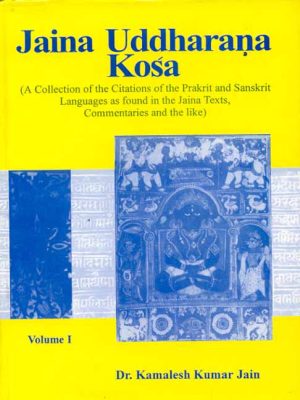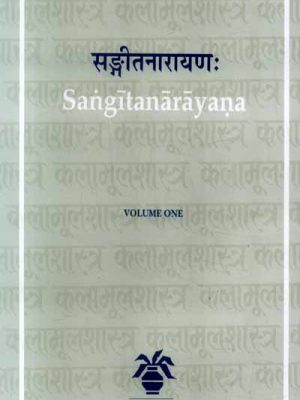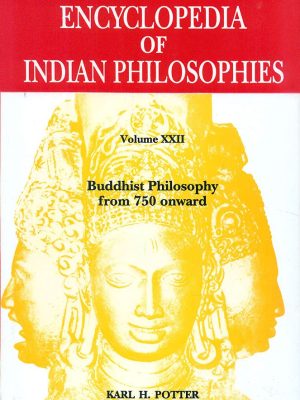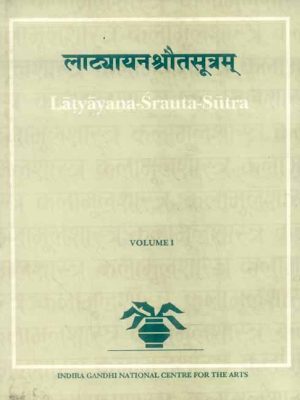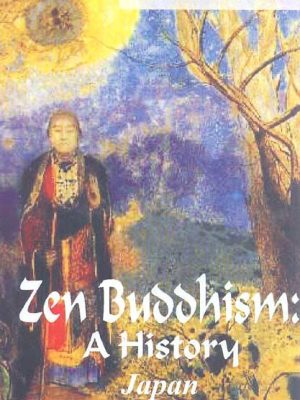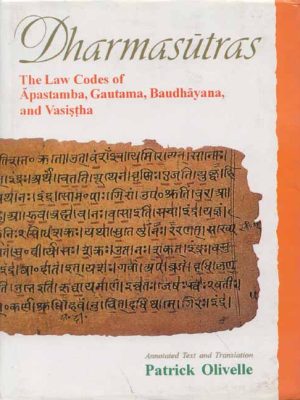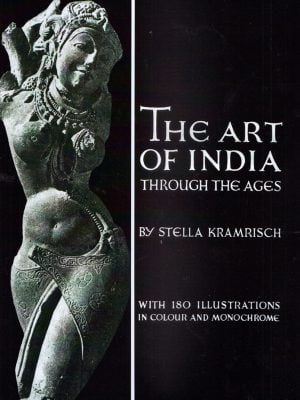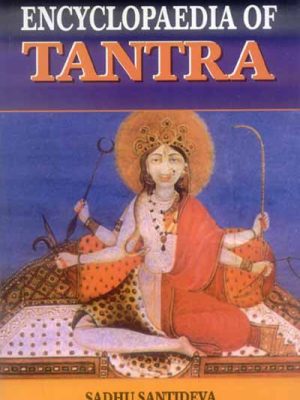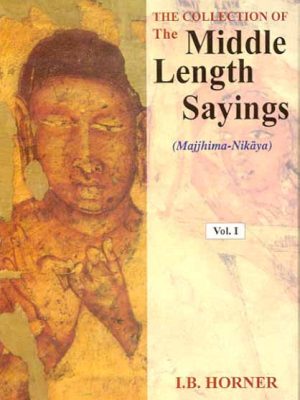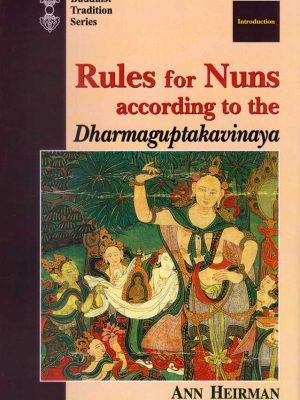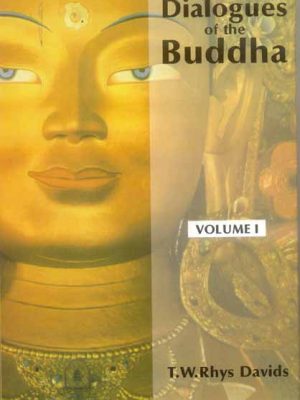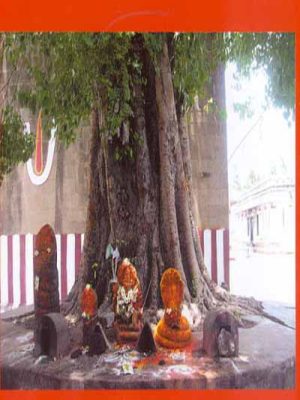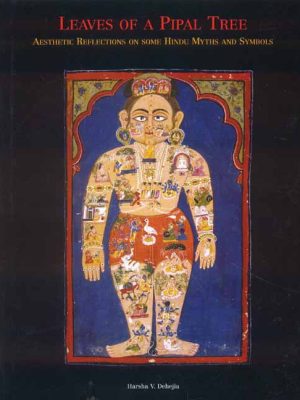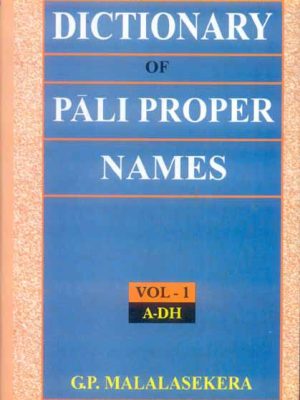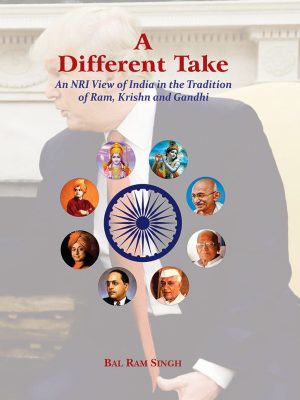Motilal Banarsidass
-
Kangra Valley: My Spiritual Journey…
The Kangra Valley in the state of Himachal Pradesh, India, is one of the most fascinating travel destinations in the region, both for its spiritual sites as well as the spellbinding landscape. This amazing landscape is home to many religions, most notably Tibetan Buddhism and Hinduism, Christianity and Sikhism. Much like other regions in the Himalayas, this convergence of spirituality has given rise to a special culture, which can be seen in the day-to-day activities of the communities living here. Its given a sense of harmony and strength in the region for thousands of years and it resonates all across Kangra Valley.
₹2,200.00Kangra Valley: My Spiritual Journey…
₹2,200.00 -
Latyayana Srauta Sutra (3 Vols.)
Latyayana Srauta Sutra (3 Vols.)
The Srauta Sutras are an essential part of the larger body of literature known as the Sutras. They are known for distilling the substance of the Vedic scriptures known as the Samhitas and the Brahmanas into a condensed form, which helps to reinforce India’s long-standing custom of offering sacrifices. The Yajurveda and the Samaveda, as well as the Rgveda, which is known to have developed a variety of recensions with differences in utterance and practise, are also important to the sacrificial tradition in India, which is widely known to be based primarily on the Rgveda, which is the oldest book that was written by humans.
₹2,200.00Latyayana Srauta Sutra (3 Vols.)
₹2,200.00 -
-
The Art of India Through the Ages: Traditions of Indian Sculpture Painting and Architecture: With 180 Illustrations in Colour and Monochrome
The Art of India Through the Ages: Traditions of Indian Sculpture Painting and Architecture: With 180 Illustrations in Colour and Monochrome
The visual arts of India have been underappreciated for centuries, despite the fact that Europeans were the first to discover and study their poetry and philosophy in India over a century ago. While ‘Sakuntala’ and ‘The Sermons of Buddha’ were regarded as literary masterpieces on par with those of Sophocles and Plato, the Indian arts were viewed as a visual supplement to the study of religion or anthropology in a faraway land, one that was enigmatic, sensual, and exotic.
The finding that Indian art has a suitable position in the history of art had still to be made. This book is the first of its kind in the field, therefore there is no need to worry about hyperbole.
As a result of researchers’ inability to demonstrate that Indian sculpture and building had the same artistic worth as Greek sculpture and mediaeval churches, this is what has occurred
The book’s 180 images serve as a visual tour of Hindu and Buddhist art in India.
Many of these pictures, many of which have never been seen before, were taken over the course of extended travels and years of intensive investigation This collection includes intricate temple structures, gracefully swaying bronze statues, magnificent rock-hewn representations of gods and monsters, murals, artistic reliefs, massive statues and busts, etc. It is likely that students will find the comprehensive images of buildings and sculptures (some of which were taken in extremely challenging conditions) as well as the eight colour reproductions of paintings, which augment the monochrome, photogravures, particularly valuable.₹2,500.00 -
-
-
Gods Beyond Temples
Gods Beyond Temples
The holy is more of an experience than an idea in the Indian tradition, and it extends well beyond the confined spaces of an organised temple or even a shrine. The adherents of this religion, much like the gods of this tradition, are humble and unassuming, yet at the same time dignified and certain of themselves. Whether it be a tree that is revered or a naturally occurring stone that is revered, a river that is the embodiment of divinity itself, an ancestor that is worshipped, a fabric that is simply draped, a road side shrine on a busy street or a votive terracotta horse that was lovingly made and offered, a narrative scroll that holds its audience spell-bound; here is religion at work that is as spontaneous as it is intemperate. The rites and practises performed in honour of these deities are neither written nor canonised; nonetheless, whatever they may lack in grandeur, erudition, and formality, they more than make up for in the faith and passion that they inspire in those who participate in them. These sacred manifestations and expressions of the ordinary people have a tendency to be sidelined or dismissed by academics as well as the world at large, as minor or lesser gods worthy of curiosity but not of serious study. However, it is important to keep in mind that they have a beauty and presence of their own in the pluralistic Indian tradition.
About
HARSHA V. DEHEJIA
About the Author(s)
HARSHA V. DEHEJIA has a double doctorate, one in Medicine and the other in Ancient Indian Culture both from Bombay University, in India. His first two books, The Advaita of Art and Parvatidarpana have been acclaimed.
₹2,500.00Gods Beyond Temples
₹2,500.00 -
Leaves of A Pipal Tree: Aesthetic Reflections on some Hindu Myths and Symbols
Leaves of A Pipal Tree: Aesthetic Reflections on some Hindu Myths and Symbols
India is a civilisation of many images, a culture of many visual feasts, a tradition where the visible and the palpable are as important as the oral and the occurrent, where our highest truths are embodied in our kathas and gathas our songs and stories, where our temples are not only places of worship but equally a gallery of beautiful forms and figures where myth is as important as doctrine, where ancient memories are full of cherished narratives where mythic beings are reimagined
Author
HARSHA V. DEHEJIA
About the Author(s)
HARSHA V. DEHEJIA has a double doctorate, one in Medicine and the other in Ancient Indian Culture both from Bombay University, in India. His first two books, The Advaita of Art and Parvatidarpana have been acclaimed.
₹2,500.00 -
₹2,595.00
-
A Different Take: An NRI View of India in the Tradition of Ram, Krishn and Gandhi
Bal Ram Singh, PhD, has been a professor since 1990 and Henry Dreyfus Teacher-scholar since 1997 at UMass Dartmouth (until 2014) and at the Institute of Advanced Sciences (INADS), Dartmouth, Massachusetts. He has been visiting professor at Georgetown University, Harvard Medical School, Yang Ming University (Taiwan), and Jawaharlal Nehru University (India). He is currently the President of the Institute of Advanced Sciences and also the founder of Prime Bio Inc., a biotechnology based company.
Dr. Singh is Founding Director of the Botulinum Research Center, established in 2003 and currently located at INADS. He is also the Founding Director of the Center for Indic Studies at the University of Massachusetts Dartmouth.
Dr. Singh is an alumnus of Kamla Nehru Institute Science and Technology of Avadh University, Ayodhya, India, Jawaharlal Nehru University in New Delhi, India and Texes Tech University in Lubbock, TX, USA.
He has been conducting research on botulinum and tetanus neurotoxins, and also on yoga, mind and consciousness. He has published 13 books and over 300 articles, including articles related to India’s philosophy and traditions. He is Editor/Associate Editor of four journals, including Ayurveda Journal of Health and International Journal of Indian Culture and Business Management, Ayurveda – Health Happiness And Harmony Book Series, Motilal Banarsidass.
₹2,600.00 -
Seer of the Fifth Veda: (Krsna Dvaipayana Vyasa in the Mahabharat)
Seer of the Fifth Veda: (Krsna Dvaipayana Vyasa in the Mahabharat)
Sage Krsna Dvaipayana Vyasa is generally considered to be the author of India’s most famous epic poem, the Mahabharat, which is written in the Sanskrit language. This research focuses on the portrayal of Vyasa in the Mahabharata, where he plays a significant role in the story that he is credited with writing. The many viewpoints presented in other works of literature, such as plays, Jataka stories, Arthasastra, and Puranas, contribute to an enlargement of the meaning that may be derived from Vyasa’s writings.
Author
BRUCE M. SULLIVAN
₹2,690.00

